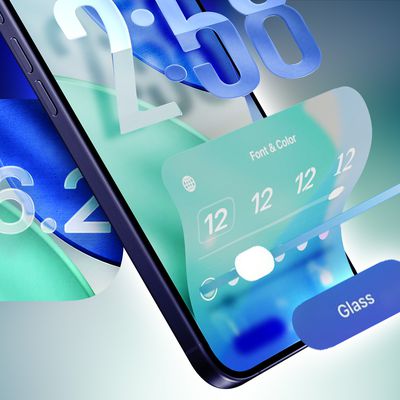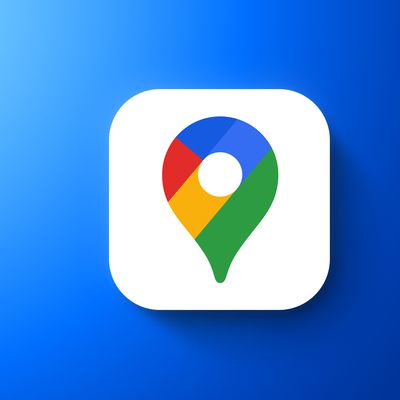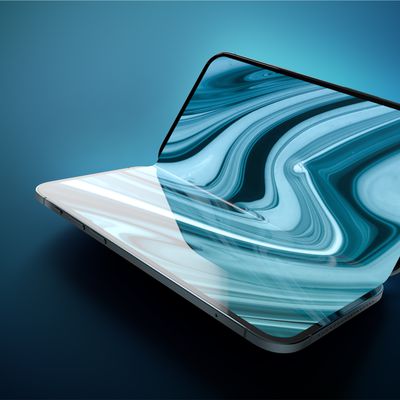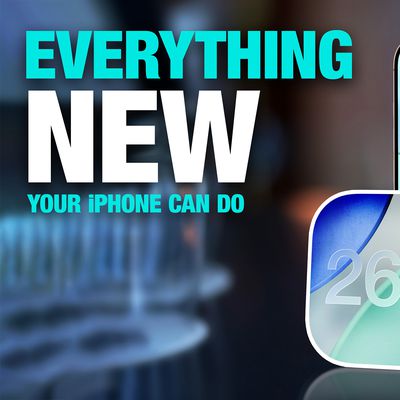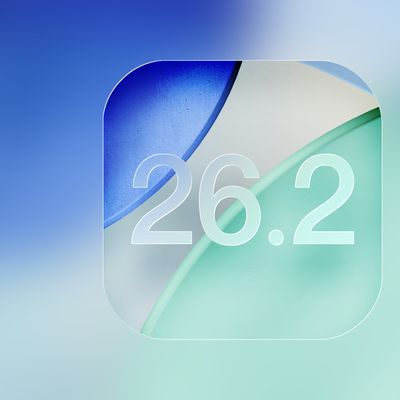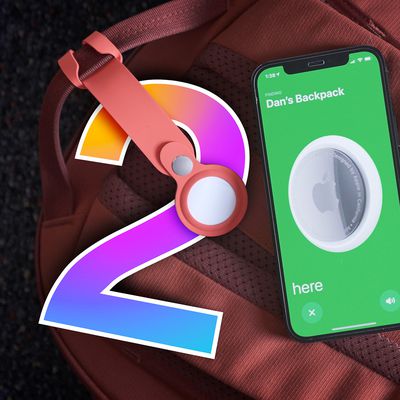Nuance Bringing Voice Recognition to Televisions and Intel Ultrabooks
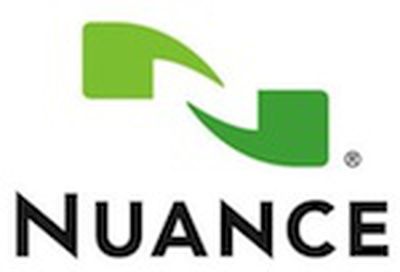 With the popularity of Siri on the iPhone 4S and rumors of a voice-controlled Apple television set, voice recognition and control have leapt to the forefront of the technology industry as companies seek to revolutionize the way users interact with their devices. Nuance Communications has long been a leader in the the field of voice recognition, and quietly provides that back-end functionality for Siri and other Apple products.
With the popularity of Siri on the iPhone 4S and rumors of a voice-controlled Apple television set, voice recognition and control have leapt to the forefront of the technology industry as companies seek to revolutionize the way users interact with their devices. Nuance Communications has long been a leader in the the field of voice recognition, and quietly provides that back-end functionality for Siri and other Apple products.
Rumors of an Apple television set have centered around Siri voice control, fueled in no small part by Steve Jobs' comments to biographer Walter Isaacson regarding his idea for a television set interface being "the simplest user interface you could imagine". In seeking to open up some of that vision to a broad array of television manufacturers, Nuance today announced the launch of Dragon TV, a natural language recognition platform specifically tailored for the television experience.
Leveraging Nuance’s voice and natural language understanding capabilities, Dragon TV creates the “lean-back experience” consumers demand, with the ability to easily find content by speaking channel numbers, station names, show and movie names. People can even search for content by actor and genre, and stay connected via Twitter, Facebook and Skype.
Nuance's list of commands understood by the platform also include requests for guide/schedule information and DVR playback control.
In addition to Nuance's push into television, the company today also announced the launch of a partnership with Intel to bring voice recognition technologies to the chipmaker's new "Ultrabook" platform for ultra-light notebook computers. While Nuance already offers a number of voice-related applications for PCs, the new partnership will reportedly deliver greater integration of the functionality for core system features.
Nuance’s Dragon voice recognition technology, which is at the core of the renowned Dragon NaturallySpeaking software used by millions, will be deeply integrated into the new Intel application. Using this new capability, consumers will be able to control their Ultrabook just by using their voice. Consumers will be able to quickly and easily launch applications, play media, interact with social media sites and control their email and calendars with natural voice commands.
Additional details on the Ultrabook integration will be available later this year.
Popular Stories
Apple seeded the second iOS 26.2 Release Candidate to developers earlier this week, meaning the update will be released to the general public very soon.
Apple confirmed iOS 26.2 would be released in December, but it did not provide a specific date. We expect the update to be released by early next week.
iOS 26.2 includes a handful of new features and changes on the iPhone, such as a new...
Google Maps on iOS quietly gained a new feature recently that automatically recognizes where you've parked your vehicle and saves the location for you.
Announced on LinkedIn by Rio Akasaka, Google Maps' senior product manager, the new feature auto-detects your parked location even if you don't use the parking pin function, saves it for up to 48 hours, and then automatically removes it once...
Apple has ordered 22 million OLED panels from Samsung Display for the first foldable iPhone, signaling a significantly larger production target than the display industry had previously anticipated, ET News reports.
In the now-seemingly deleted report, ET News claimed that Samsung plans to mass-produce 11 million inward-folding OLED displays for Apple next year, as well as 11 million...
Apple is about to release iOS 26.2, the second major point update for iPhones since iOS 26 was rolled out in September, and there are at least 15 notable changes and improvements worth checking out. We've rounded them up below.
Apple is expected to roll out iOS 26.2 to compatible devices sometime between December 8 and December 16. When the update drops, you can check Apple's servers for the ...
Apple today released new firmware designed for the AirPods Pro 3 and the prior-generation AirPods Pro 2. The AirPods Pro 3 firmware is 8B30, up from 8B25, while the AirPods Pro 2 firmware is 8B28, up from 8B21.
There's no word on what's include in the updated firmware, but the AirPods Pro 2 and AirPods Pro 3 are getting expanded support for Live Translation in the European Union in iOS...
Apple today seeded the second release candidate version of iOS 26.2 to developers and public beta testers, with the software coming one week after Apple seeded the first RC. The release candidate represents the final version iOS 26.2 that will be provided to the public if no further bugs are found.
Registered developers and public beta testers can download the betas from the Settings app on...
The AirTag 2 will include a handful of new features that will improve tracking capabilities, according to a new report from Macworld. The site says that it was able to access an internal build of iOS 26, which includes references to multiple unreleased products.
Here's what's supposedly coming:
An improved pairing process, though no details were provided. AirTag pairing is already...
Apple is actively testing under-screen Face ID for next year's iPhone 18 Pro models using a special "spliced micro-transparent glass" window built into the display, claims a Chinese leaker.
According to "Smart Pikachu," a Weibo account that has previously shared accurate supply-chain details on Chinese Android hardware, Apple is testing the special glass as a way to let the TrueDepth...
Wednesday December 10, 2025 12:22 pm PST by
Juli CloverThe next-generation low-cost iPad will use Apple's A19 chip, according to a report from Macworld. Macworld claims to have seen an "internal Apple code document" with information about the 2026 iPad lineup.
Prior documentation discovered by MacRumors suggested that the iPad 12 would be equipped with an A18 chip, not an A19 chip. The A19 chip was just released this year in the iPhone 17, and...
Apple's next-generation Studio Display is expected to arrive early next year, and a new report allegedly provides a couple more details on the external monitor's capabilities.
According to internal Apple code seen by Macworld, the new external display will feature a variable refresh rate capable of up to 120Hz – aka ProMotion – as well as support for HDR content. The current Studio...
 With the popularity of Siri on the iPhone 4S and rumors of a voice-controlled Apple television set, voice recognition and control have leapt to the forefront of the technology industry as companies seek to revolutionize the way users interact with their devices. Nuance Communications has long been a leader in the the field of voice recognition, and quietly provides that back-end functionality for Siri and other Apple products.
With the popularity of Siri on the iPhone 4S and rumors of a voice-controlled Apple television set, voice recognition and control have leapt to the forefront of the technology industry as companies seek to revolutionize the way users interact with their devices. Nuance Communications has long been a leader in the the field of voice recognition, and quietly provides that back-end functionality for Siri and other Apple products.

